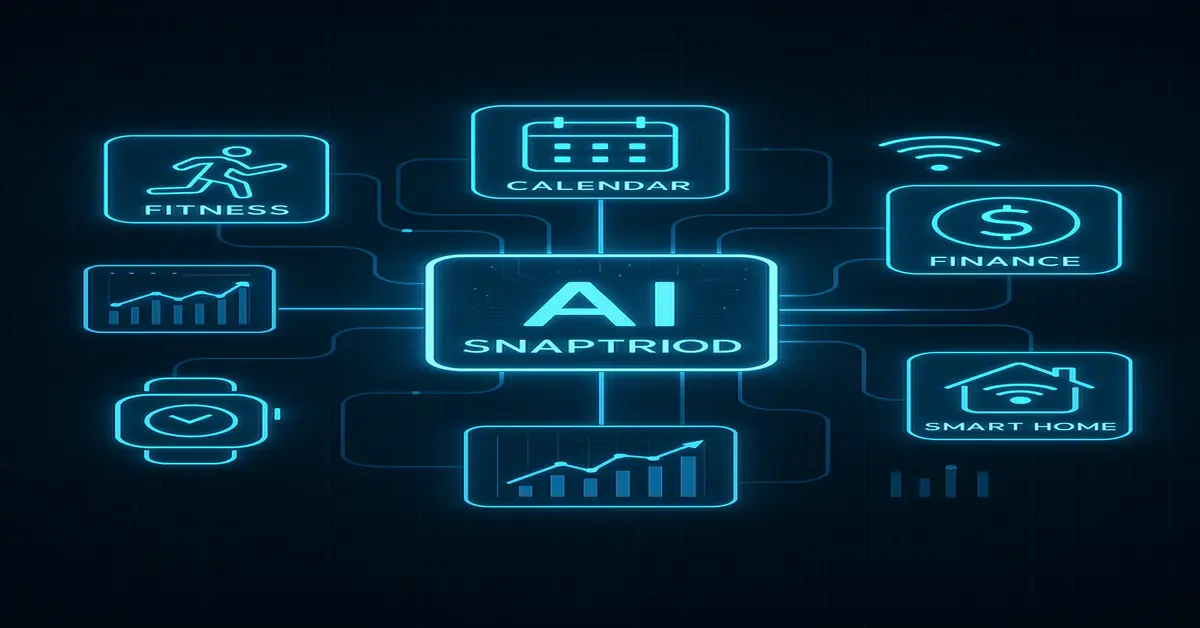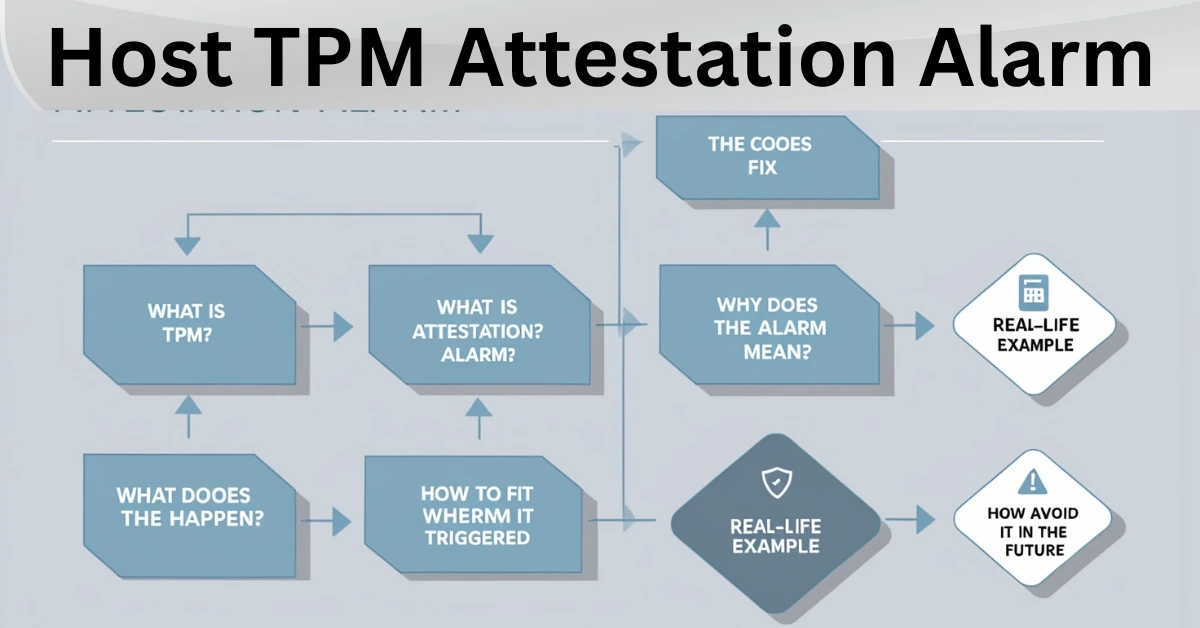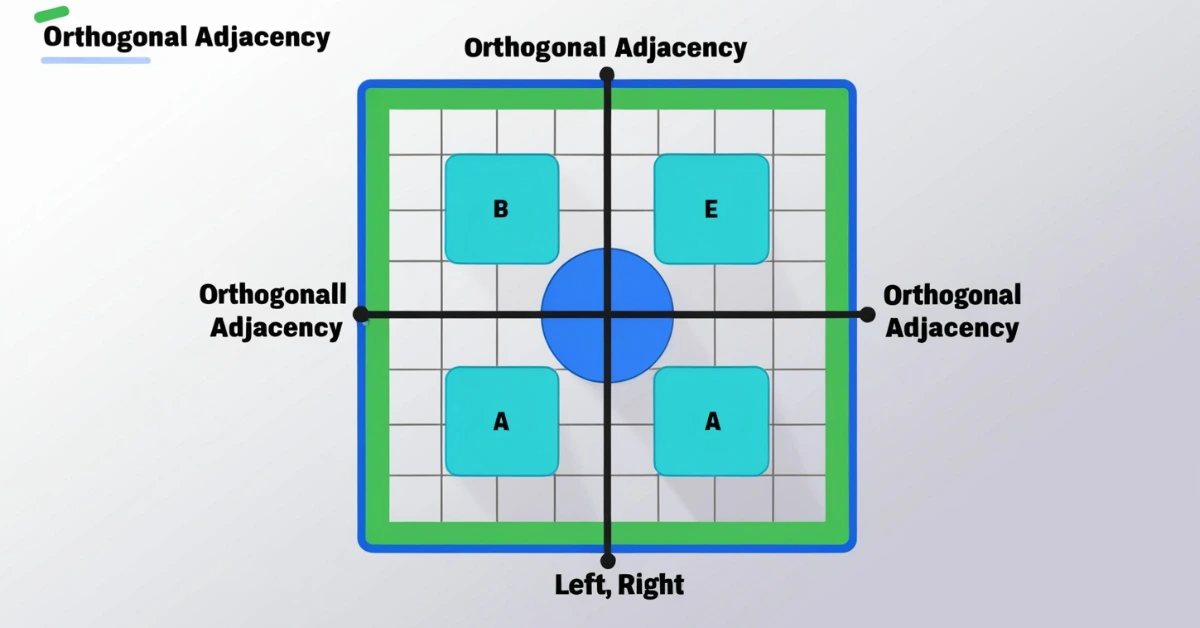In the fast-paced tech world, new terms often emerge that sound complex or unfamiliar. One such term is Snaptriod. Whether you’re a casual internet user, a tech enthusiast, or simply curious about what’s new, understanding Snaptriod can be beneficial.
What Is Snaptriod?
Let’s start from the beginning. Snaptriod is a term that’s gaining popularity in modern digital systems. While the word might sound like a brand or software, it generally refers to a smart, multi-layered system that manages tasks or data efficiently and adaptively. It’s often found in platforms or environments that involve automation, artificial intelligence, or data management. Think of Snaptriod like a central brain that helps different parts of a system work together more smoothly.
Snaptriod as Your Everyday Smart Assistant
Snaptriod is like a smart assistant linking your apps fitness tracker, calendar, spending manager to help you make better choices. For example, it might suggest a healthier lunch if you skipped a workout and overspent on dinner. It’s all about intelligent coordination without needing tech expertise.
How Does Snaptriod Work?
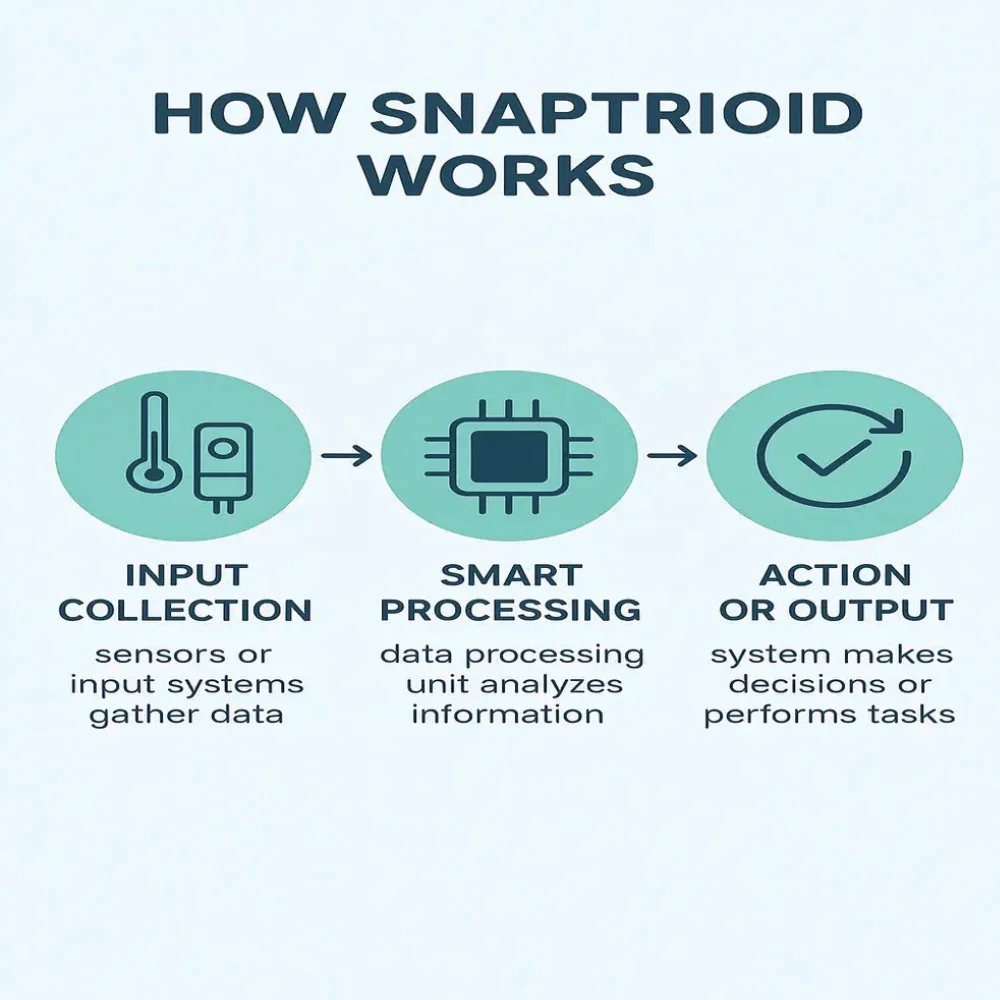
It typically works through a blend of three main pillars: sensors or input systems, data processing units, and output or decision-making actions. Here’s a simple breakdown.
1. Input Collection
It starts by collecting data from different sources. These sources might include sensors, system logs, user behavior patterns, or even online data.
2. Smart Processing
Once it collects the data, it uses algorithms or sets of instructions to analyze it. The processing often involves techniques like machine learning or straightforward rule-based logic.
3. Action or Output
Finally, based on what it learns, Snaptriod makes a decision. It can send a signal, trigger an alert, generate a report, or even perform an automatic action.
This flow of input, processing, and output helps Snaptriod support smart automation across many industries.
Where Is Snaptriod Used?
Snaptriod isn’t limited to one field. It’s a flexible system that can be applied almost anywhere smart decisions or efficient coordination are needed. Here are a few examples.
1. Healthcare
In hospitals, its systems can track patient vitals and suggest immediate care steps if any numbers go outside safe limits.
2. Smart Homes
Imagine a smart home where your lights, thermostat, security system, and even coffee maker adjust automatically to fit your daily habits. That’s Snaptriod in action.
3. E-commerce
Online shopping platforms use similar systems to track what you like, compare it with other buyers, and suggest the right product at the right time.
4. Transport and Logistics
It helps delivery companies plan smart routes, monitor vehicle conditions, and avoid delays.
5. Finance and Banking
Banks can use Snaptriod models to monitor transactions and flag suspicious activity, reducing fraud.
What Makes Snaptriod Special?
It stands out because of its adaptive nature and its ability to improve over time. Many systems follow a fixed path: do this, then that. But its systems can learn and update their behavior based on new data. That’s what makes them dynamic.
Also, it allows multiple layers of decision-making. Instead of just handling one small task, it oversees the bigger picture. It can balance various inputs, weigh outcomes, and make a smarter final choice, much like how a good manager runs a team.
Benefits of Using Snaptriod
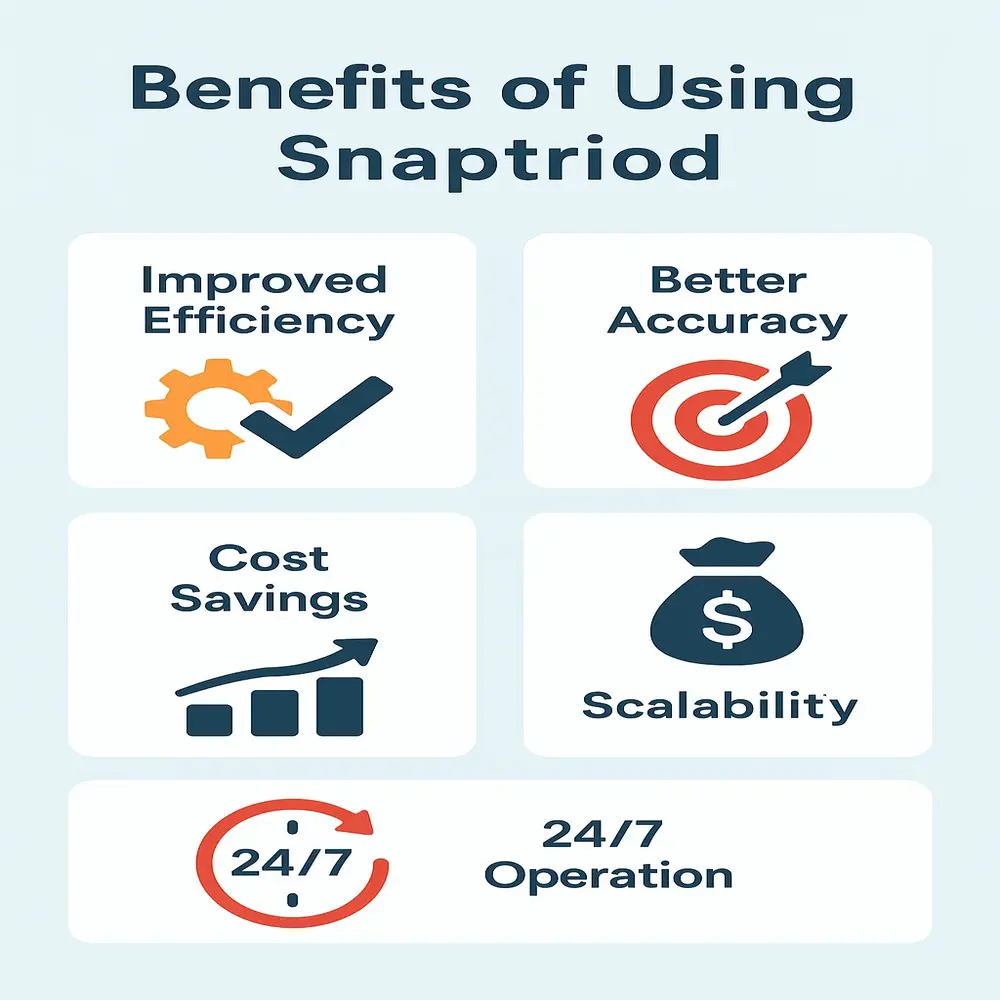
Now let’s talk about why Snaptriod is useful. What does it offer to individuals, companies, or systems?
- Improved Efficiency: It reduces the time spent on manual work. It automates routine tasks and speeds up decisions.
- Better Accuracy: Because it analyzes large amounts of data, it often spots errors, patterns, or problems that humans might miss.
- Cost Savings: By reducing waste, improving time use, and avoiding mistakes, businesses can save money with Snaptriod systems.
- Scalability: It can handle increasing amounts of data or complexity without breaking down. This makes it ideal for growing businesses or systems.
- 24/7 Operation: Unlike human workers, its systems don’t get tired. They can run around the clock.
Is Snaptriod the Same as AI?
It is often linked with artificial intelligence, but they’re not the same. You can think of AI as a toolbox, and Snaptriod as a smart setup that may use some tools from that box. While AI focuses on learning and mimicking human intelligence, it focuses on real-time action and coordination. So, while it may use AI methods, it’s broader and more system-focused.
Challenges with Snaptriod
As great as Snaptriod sounds, it’s not without challenges.
- Complex Setup: Installing and configuring its systems takes time, skill, and planning.
- Security Concerns: Since it collects and uses data, privacy and data protection must be handled properly.
- Cost of Entry: For smaller companies or personal use, the cost of setting up Snaptriod-like systems can be high, though this is improving with tech growth.
- Dependence on Data: If the data feeding Snaptriod is bad or biased, the decisions it makes might be wrong.
The Future of Snaptriod
As more businesses and individuals turn to smart solutions, the use of Snaptriod-like systems is expected to grow. We’ll likely see more custom setups, where it manages everything from personal schedules to factory production lines. Thanks to cloud computing, edge devices, and better machine learning, Snaptriod will become faster, cheaper, and easier to access.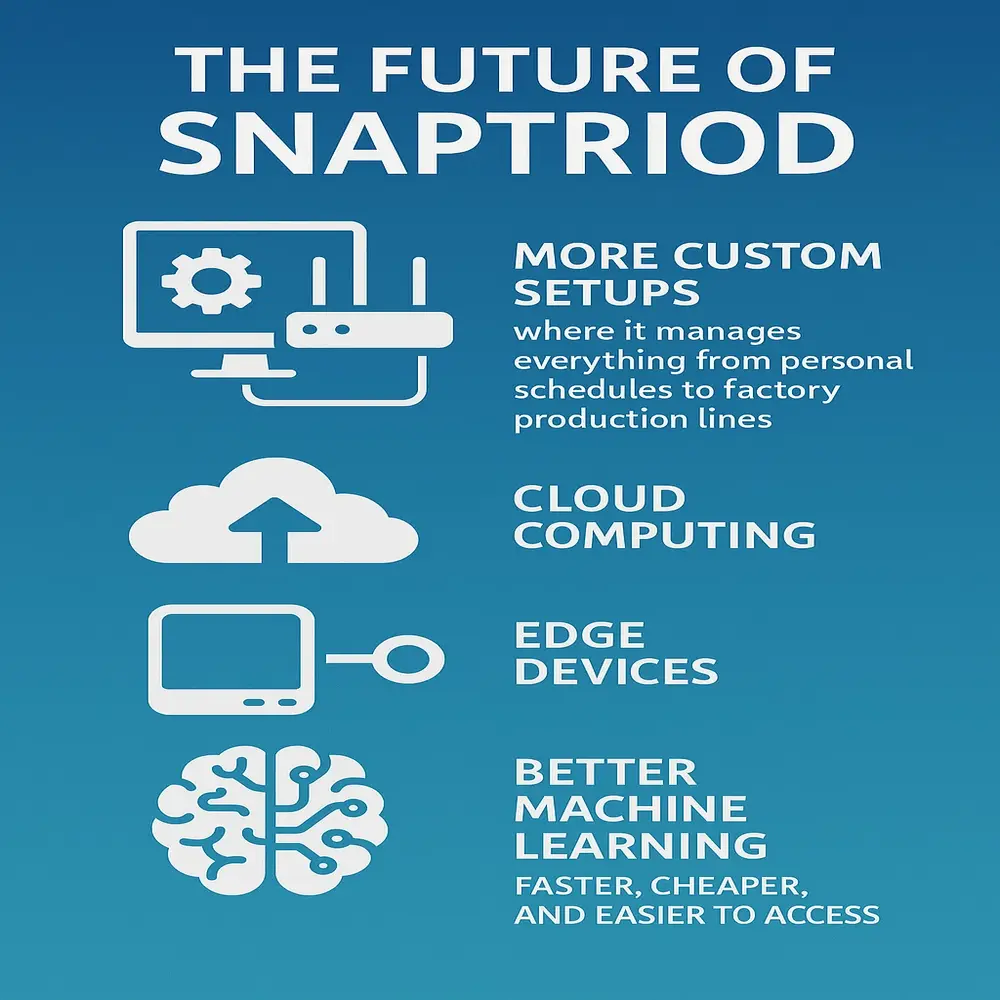
Final Thoughts
Snaptriod may sound like a futuristic term, but it’s very real and already making a difference in many industries. By combining automation, smart processing, and multi-layer decision-making, it helps systems become more efficient, accurate, and helpful. Whether you’re in tech, healthcare, education, or just a curious learner, it is something you’ll likely come across if not now, then very soon.
Instead of thinking of it as just another buzzword, consider it a smart helper that keeps things running smoothly in a complex digital world. And the best part? It’s only going to get smarter from here.
